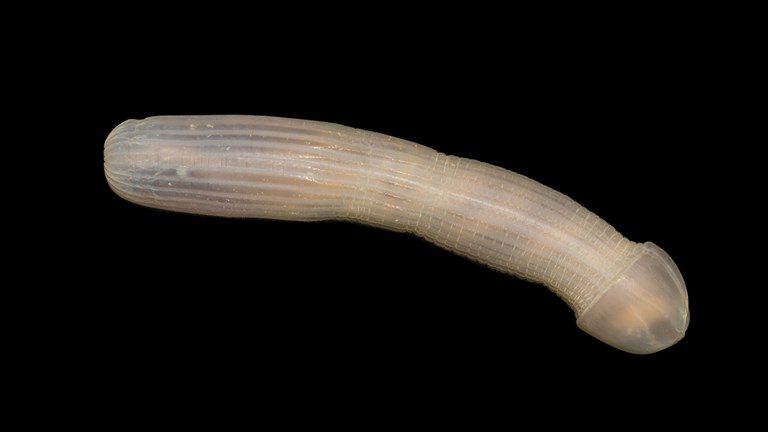Blue-ringed Octopus
Spectacular and venomous
Put the words ‘danger’ and ‘ocean’ together and most people think sharks, crocodiles, even the ocean itself! But what if we asked you to look at something much smaller and much closer to home: the Blue-ringed Octopus.
At only 10cms long, the Blue-ringed Octopus won’t chomp through a speedboat anytime soon. But these tiny critters are some of the ocean’s most distinctive and venomous inhabitants and can be found off the beaches of Victoria and beyond.
Despite packing some serious punch in the venom stakes, Blue-ringed Octopuses aren’t aggressive, and their distinctive blue rings certainly aren’t a request for attention! Instead, they actually function as a living warning system to tell predators (and careless beachgoers) to stay away.
For most people that’s reason enough to keep your distance. Not, however, for Dr Julian Finn, Senior Curator, Marine Invertebrates, at Museums Victoria.
Julian is an expert in cephalopods (octopus, squid, cuttlefish, and nautilus) – some of the world’s most beautiful, most strange, and most intelligent creatures. Julian has been fascinated by the tiny Blue-ringed Octopus for years largely because of their elusive nature.
Despite having formidable reputations and being incredibly common in coastal waters, Blue-ringed Octopuses are rarely encountered. They are the ocean’s recluses. There are so many aspects of their lives that we still don’t fully understand.
Julian is a marine researcher with a difference. You won’t just find him in the lab – instead, Julian is a prolific diver and an internationally recognized underwater videographer and photographer. This perspective – both in the water and behind the lens – gives Julian a rare insight that has led to a major discovery.
"Through my own work I got to thinking about the orientation of blue rings I was seeing – could the pattern of rings displayed on the body of a Blue-ringed Octopus accurately tell me what species it was? If so, could I use the thousands of images posted by divers online to learn more about the diversity and distribution of this intriguing animal? Historically, scientists thought that the pattern of blue rings on a Blue-ringed Octopus was variable, and that only significant differences in ring size indicated different species. What we've discovered, however, is completely different," say Julian.
By using the age-old tool of scientific illustration combined with genetic and morphological (the form of the animal) analysis, Julian has studied the skin patterns of Blue-ringed Octopus from around the world and made a significant breakthrough. By comparing these patterns, Julian has revealed that there are many more species of Blue ringed-Octopus than previously thought, all of which can be identified by consistent colour patterns.
Through this work Julian has identified over a dozen new species throughout Australia and the Indo-West Pacific. That’s a lot of Blue-ringed Octopuses to add to the family!












